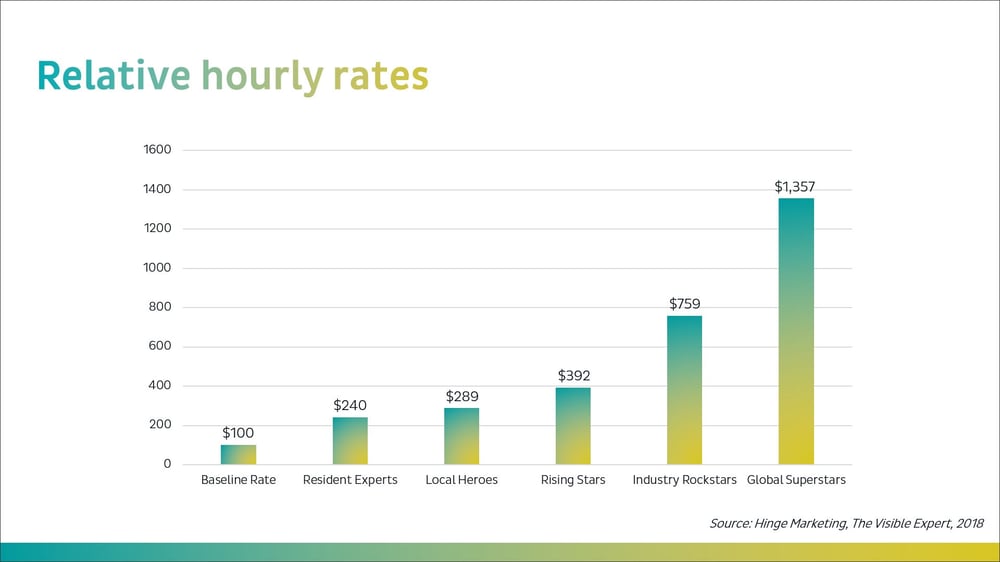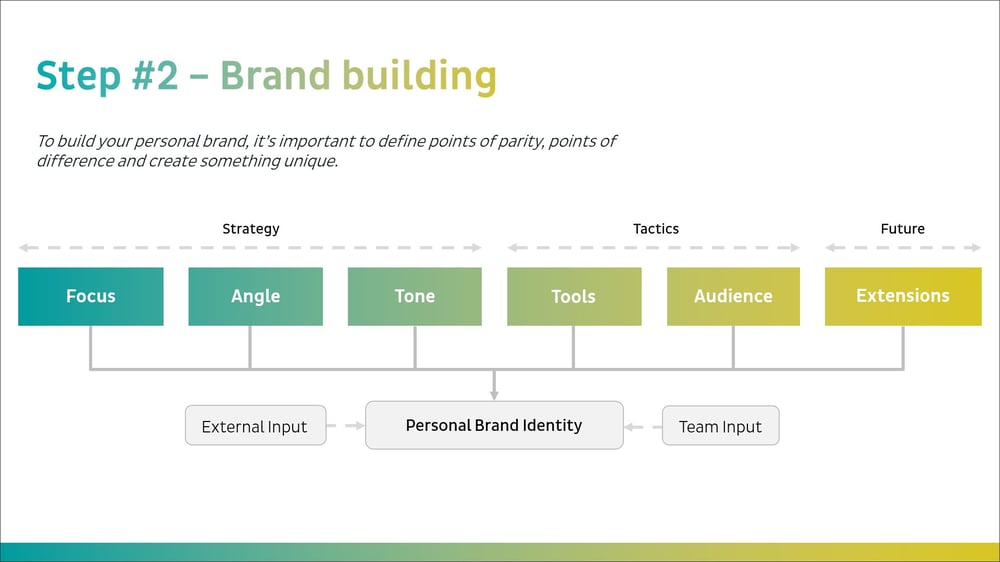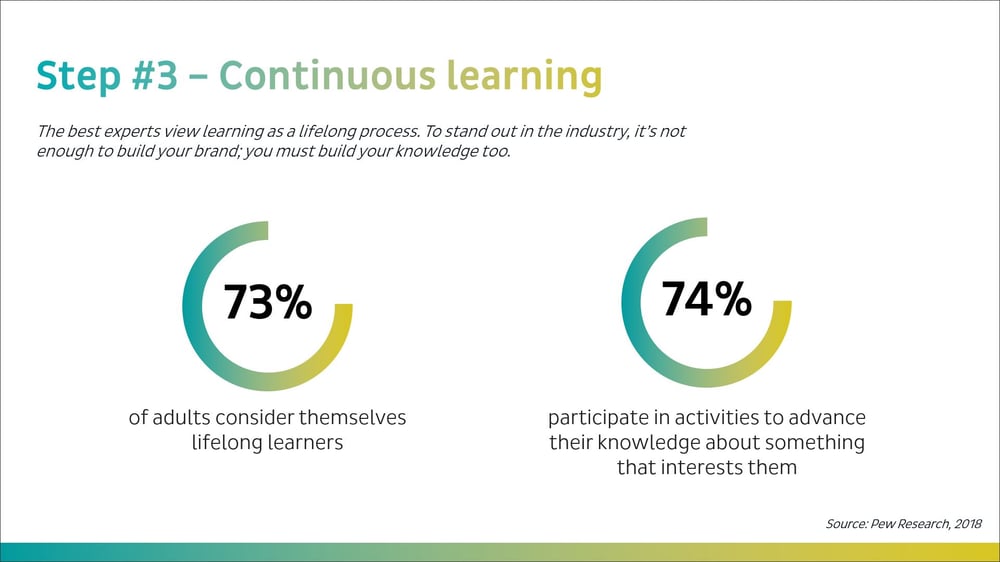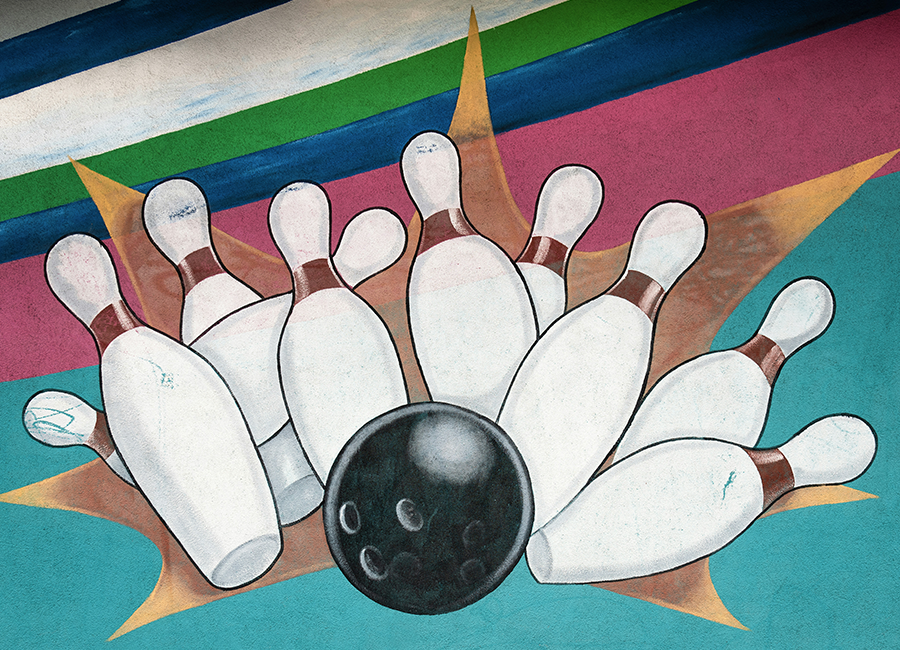I consider myself extremely fortunate to speak at the first ever MRS &More conference. The event, which took place on October 24th 2019, provided a welcome change of pace. Open only to &More members (young researchers or those new to the industry), the conference was a mix of inspiring case studies, advice on building practical skills and knowledge on how to build a successful research career.
The session I presented, Building a Personal Brand: Advice from a Young Insights Industry Marketer, focused on translating lessons learned from creating and growing an insights agency to career development. It was fascinating to put together, and really challenged me to examine why some of the decisions made with the aim of building the FlexMR brand have worked and some have not.
In this piece, I want to share some of the key takeaways from the session – broken down into two main themes:
- First, everyone has a ‘brand’ whether we like it or not, and to say we are building a brand is somewhat of a misnomer; we should be taking control of it.
- Second, the insights industry is a huge, varied landscape. With enough careful consideration there is room for everyone to carve out a specialist niche should they wish.
What is a Brand: A Marketing Perspective
One of the first questions I set out to answer was a question that marketing academics love to debate. What is a brand? I’ve heard opinions ranging from; only owned intellectual property to any entity that can be uniquely identified. However, wherever your personal opinion falls within this spectrum, it is generally agreed that a brand is the gut feeling and association people have to a ‘thing’ based on the signs, symbols, language and identifiers that surround it.
If we take this definition, there are two other truths we must accept. We must accept that a brand is not ultimately what we as its owners say it is. Communications can influence perceptions, but ultimately it is the collective consumer consciousness that will make a determination. Perhaps the most famous example of this is ENRON – a name now synonymous with perceptions it’s previous owners would rather you didn’t have.
| Tweet This | |
| Communications may be able to influence brand perceptions, but ultimately it is consumers who will decide how a brand is remembered. |
However, we must also accept that even things we don’t typically consider to be brands taking on brand-like qualities. For example: supermarket own label products. These items that fill store shelves are often clad in plain packaging with simple lettering and no distinctive logomark. Yet this attempt at anti-branding acts itself as a brand; promoting the item’s affordability and accessibility.
And, just like the supermarket own brand, we too all have professional, personal brands – even if we don’t want them. We’re just more used to calling it reputation.
Taking Control of Your Reputation
There are huge rewards for those willing to take the plunge and take control of their reputation. To demonstrate this, I borrowed from Hinge Marketing’s incredibly useful “Five Levels of Visibility.” This research maps out different stages of professional visibility and the relative hourly rates an individual at each brings in value.

Of course, the top of the ladder is dominated by Global Superstars and Industry Rockstars. But more importantly, the first rung on this ladder is simply becoming a Resident Expert – someone respected in their firms and by clients but with little outside visibility. Even at this level, an individual can expect to be earn 2.4x more than those with no visibility.
The model then maps out a clear path to progression; first to Local Hero and then Rising Star and beyond. I think it’s hugely important to emphasise that this model tells us personal branding isn’t just for those at the top of an industry or striking out on their own as consultants. There’s still an incredible amount of value from simply becoming more visible within your immediate team and with your clients.

The Practicalities of Brand Building
Hopefully, by this point, I’ve convinced you of the value of taking an active role in curating personal brand… even if you’re fresh off the boat in the insights industry. So, what can you do to take control of yours?
Focus, build, learn.
Yeah. That’s it – pretty simple really. But every stage is all too often overlooked, especially the first: defining a focus. Having a focus is important to a brand because it defines what you aim to become known for. Many believe the best approach to this (which I agree with) is to become T shaped. That is to say, have a broad general knowledge of an industry, but develop a deep, expert understanding of one subject matter in particular.
And the research industry is crying out for experts. There are so many ways to specialise. By methodology, by industry vertical, by technology, by demographic group, or even a part of the research process. But when choosing, there are two questions I would always ask:
- What do I enjoy? After all, it’s hard to be passionate about something if you don’t like it.
- Where can I add unique value? This is a particularly personal question. It’s about considering yourself as a whole and what aspects of your skills, personality and experience can be combined to create a perspective that no-one else has.
| Tweet This | |
| If you're thinking of building a personal brand, start with these two questions. What do I enjoy, and where can I add unique value? . |
Once you’ve chosen a focus, it’s time to nail down your strategy, tactics and future. A strategy is something that you should be able to look back on in 5, 10 or 20 years and still believe in. Tactics, on the other hand, are in in-the-moment ways in which you work towards achieving the aims laid out in your strategy.

The simplest way to build a strategy for your personal brand is to define a focus (done), angle and tone. An angle is your approach or broad viewpoint on a subject. It defines what your audience would expect your opinions to be. For example, while BMW, Mercedes and Tesla all produce cars, Mercedes’ angle is that luxury is most important, BMW’s angle is that the drive is most important and Tesla’s angle is that technology is most important.
If an angle is what your approach is, a tone is how you communicate that. It is the way you express your message to your audience, and reflects mood. Common brand tones include being: practical, fun, educational, inspirational or quirky.
I rounded this part of the presentation out by identifying a number of potential tools (tactics) that could be used to help build a brand. These include hosting webinars, attending conferences, networking, creating a personal website, being active on social media… etc. However, I emphasized that the most important consideration when choosing tools is to be authentic. Don’t force yourself to do something that isn’t “you” just because it worked for someone else. Being true to your brand and yourself is the best way to achieve success.
Learn, Learn, Learn, Learn, Learn... Learn
Finally, to bring the session to a close, I highlighted the important of continuous learning in building and maintaining a personal brand. About three quarters of adults today believe themselves to be continuous learners – which is great! It’s also a challenge, because it means maintaining your level of expert knowledge is harder.

I think it’s a sentiment best summed up by a quote from Tom Hood: “In a world of rapid change and increasing complexity, the winners will be those who can keep their rate of learning greater than the rate of change and greater than the rate of their competition.”
Your rate of learning must be greater than that of your competition. And even if you don’t achieve that – you won’t have lost anything. In fact, you’ll still know more than you did yesterday. In a competition of who can learn most, there aren’t any true losers.
Looking to the Future
I hope, both in person and in this summary, I have been able to impart a cursory overview of why personal branding is important and what you can do to start taking control of yours. If there’s one thing I hope we can all remember, it’s that investing in yourself is worthwhile, no matter where you are in your career. It’s good for you, and it’s good for the insights industry.
I can’t wait to see what the next generation of researchers, innovators, creatives and free thinkers do and how our industry will continue to evolve.
PS: If you'd like to see the full deck, I'm making a copy available here.

















